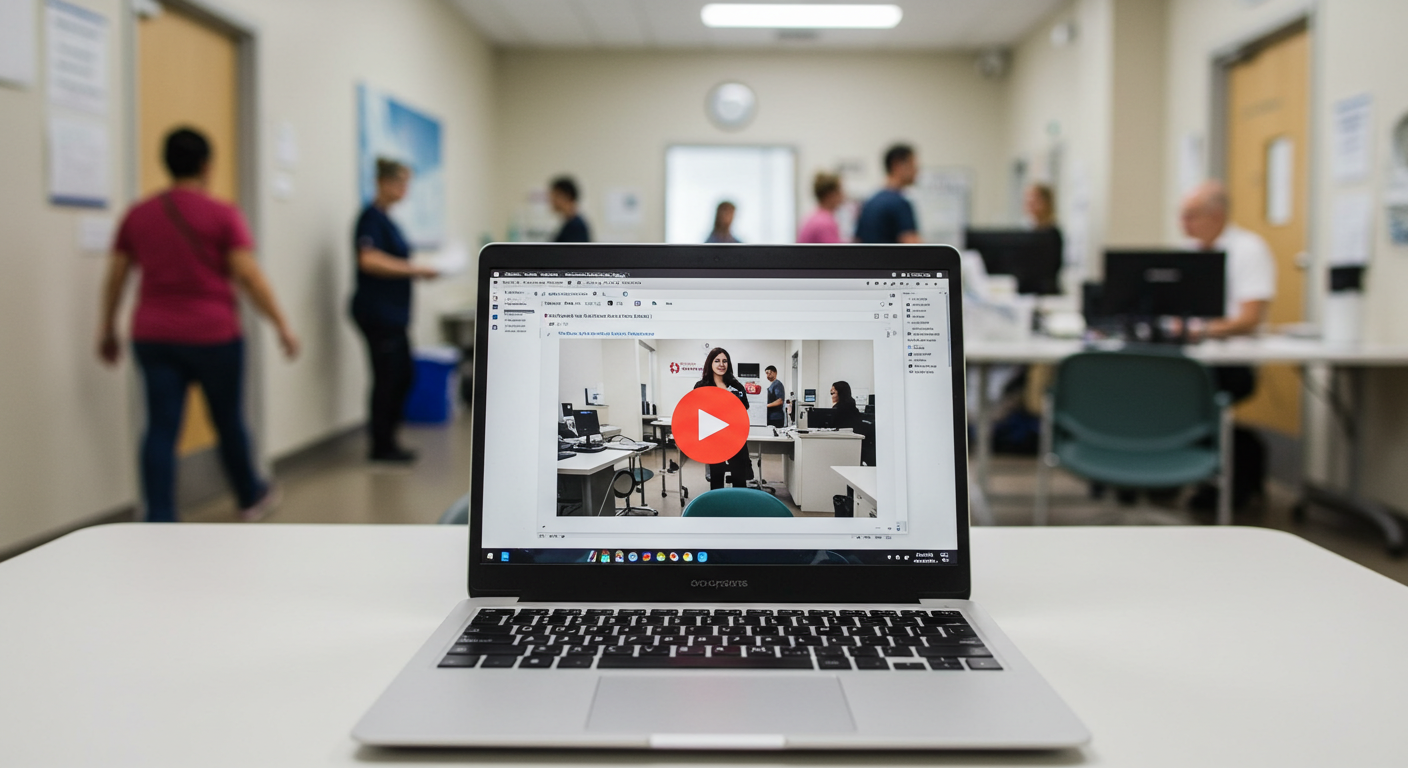How Growing Multi Subsidiary Organizations Can Build a Centralized Video Knowledge Hub
by Rafay Muneer, Last updated: November 19, 2025, Code:

As organizations expand, information sharing becomes one of the biggest operational hurdles. Each new subsidiary brings its own systems, work culture, and communication habits. Recorded meetings and training videos pile up, yet employees struggle to find and access the information they need. When this happens at scale, productivity slows down and vital knowledge gets trapped in silos.
A centralized internal video knowledge hub helps unify communication across all business units. It gives every team a single, reliable location to find company wide recordings, onboarding materials, internal announcements, and training content. More importantly, it creates consistency during times of rapid growth.
Below is a look at how multi subsidiary organizations benefit from this approach and why consolidating video content is becoming essential for modern enterprises.
The Hidden Cost of Scattered Video Content Across Subsidiaries
When an organization grows through acquisition, it often inherits different conferencing tools, storage locations, and file management practices. One team uses Google Meet and Google Drive, another uses Microsoft Teams and OneDrive, while a third keeps content stored locally.
Over time, this fragmentation creates several business challenges.
- Employees waste time searching for recordings.
- Leaders struggle to ensure that everyone receives consistent messaging.
- Training materials become outdated or duplicated.
- Compliance documentation becomes difficult to track.
- Knowledge disappears when people leave the company.
A unified video hub solves these hidden costs by consolidating everything into one structured repository.
Creating Consistency During Growth and Organizational Change
Whether a company adds a new acquisition or expands a department, communication must scale with it. A central location for video content keeps every employee aligned with corporate direction.
This supports several business outcomes.
- New subsidiaries receive the same onboarding materials.
- Managers can share strategic updates without worrying about access issues.
- Departments no longer need to reinvent training programs that already exist.
- Executive communication flows uniformly across the entire organization.
When content is consolidated, employees across multiple subsidiaries start operating with a shared understanding of goals, processes, and culture.
Making Governance Easier for IT and Compliance Teams
As companies grow, the responsibility to protect information grows with them. IT teams need visibility into who can access what and where content is stored. A centralized video hub simplifies this because all content lives in one controlled environment.
Organizations that need strict hosting and governance can deploy the platform inside a FedRAMP compliant cloud environment, even though the platform itself is not FedRAMP certified. This provides assurance for companies that work with regulated customers or government related projects.
With one central location, IT and compliance teams benefit from:
- Consistent access control across subsidiaries
- Clear content lifecycle policies'
- Simple onboarding and offboarding
- Control over who can view, share, or upload videos
- Insight into storage usage and consumption trends
This reduces operational risk and strengthens internal governance.
Supporting Knowledge Retention Across Distributed Teams
In multi subsidiary environments, employees often rely heavily on video to transfer knowledge. Town hall recordings, strategic updates, onboarding videos, and training sessions are essential for keeping teams aligned. The challenge is how to preserve and organize this information so it remains valuable over time.
A centralized hub ensures that knowledge does not disappear into personal drives or old email threads. It becomes easy for employees to locate information by topic, department, subsidiary, or date. Teams that were recently acquired or newly formed can quickly understand how the business operates without relying on one person to teach them everything.
This approach strengthens organizational memory and prevents valuable insights from getting lost.
Improving Productivity by Making Video Searchable and Accessible
Videos often contain hours of discussion, updates, or instructions. Without a way to navigate this content, employees end up watching lengthy meetings just to find a single moment or answer.
A centralized hub solves this efficiency problem by turning videos into structured, searchable knowledge. Employees can search across the entire video library and instantly jump to relevant topics, saving significant time.
This improves productivity in scenarios such as:
- Managers quickly finding decisions made in earlier meetings
- New employees locating training clips relevant to their role
- Teams referencing past project updates for context
- Departments reviewing policy discussions without watching full meetings
The result is faster information access across every level of the organization.
Helping Departments Build Repeatable Learning and Communication Programs
As organizations expand, they introduce new processes, compliance expectations, and job roles. A video hub helps departments turn their expertise into repeatable learning programs that can be used across subsidiaries.
Departments can create organized collections of:
Onboarding content- Policy briefings
- Compliance instructions
- Skills training
- Leadership messages
- Product or service updates
This makes it easy to scale training without duplicating efforts. Employees in every subsidiary receive the same guidance and managers gain visibility into who has completed the required content.
Providing Leadership With Insight Into Engagement and Communication Reach
Executives often ask one simple question.
Are people watching the information we share?
Without a central hub, the answer is unknown. A consolidated video portal provides analytics that help organizations understand how well internal communication is working.
These insights can show:
- Which departments are most engaged
- How thoroughly employees watch important updates
- Which types of content are most useful
- How training programs perform across subsidiaries
This information helps leaders adjust communication strategies and identify where additional support may be needed.
A Central Video Hub Is Becoming a Core Strategy for Growing Enterprises
Multi subsidiary organizations operate in fast moving environments where clear communication is essential. When video content is scattered across tools and departments, information becomes difficult to access and even harder to govern.
Creating a centralized video knowledge hub gives companies a structured, scalable foundation for internal communication. It unifies content across acquisitions, supports consistent messaging, preserves institutional knowledge, and keeps employees aligned with organizational goals.
With flexible hosting options including deployment in a FedRAMP-compliant environment, identity integration for secure access, and efficient content organization, companies gain a solution that grows with them rather than slowing them down.
A unified approach to internal video is no longer just a convenience. It is becoming a critical part of how modern enterprises operate across multiple subsidiaries and teams.
Jump to
You May Also Like
These Related Stories

How a Video Content Delivery System Helps Healthcare Training

HIPAA Compliance for Community Health Centers: What You Must Know



No Comments Yet
Let us know what you think